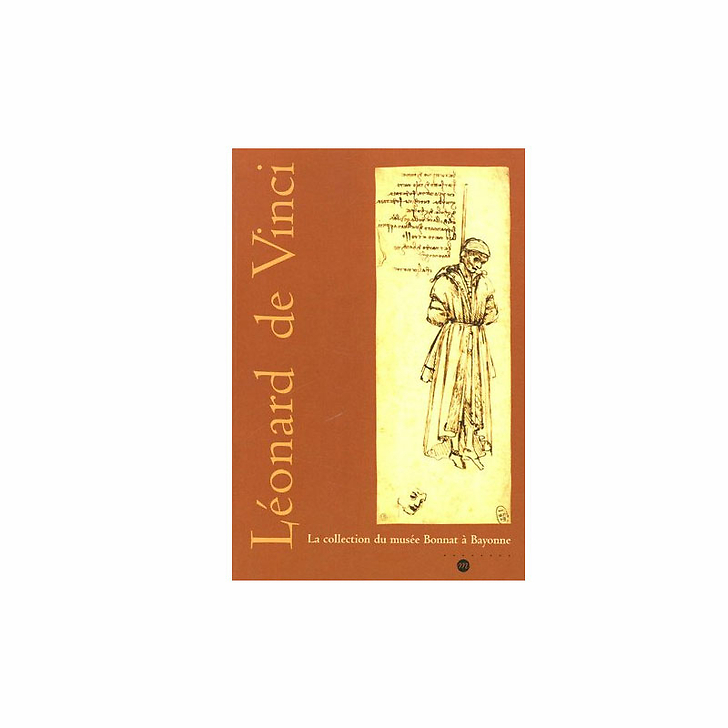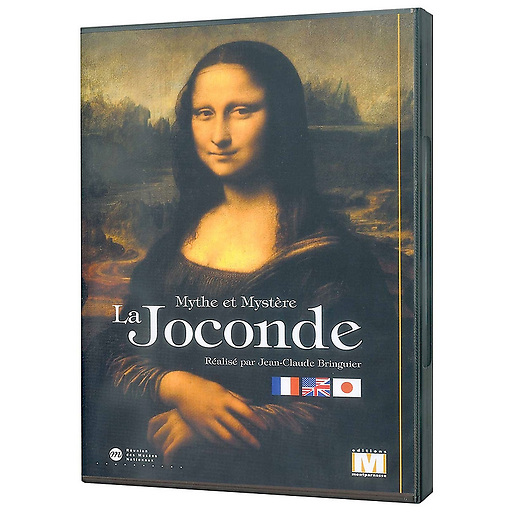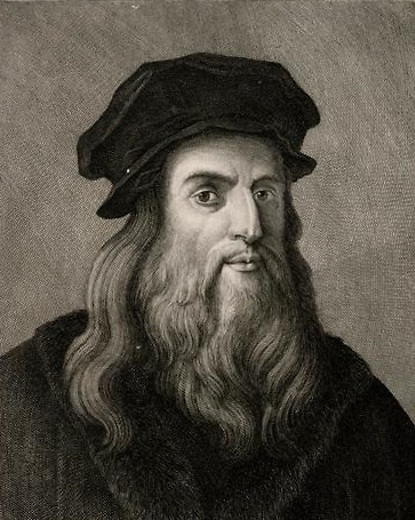Léonard de Vinci La collection du musée Bonnat à Bayonne
EK394782
Sold by Réunion des Musées Nationaux
Characteristics
- Number of pages
- 48
- Museum
- Autres musées
- Art movements
- Renaissance, 15th century
- Dimensions
- 25 x 18 cm
- Artist
- Leonardo da Vinci (1452-1519)
- Reference
- EK394782
- EAN
- 9782711847822
- Publication date
- Juillet 2004
- Diffusor
- EDITIONS FLAMMARION
- Distributor
- EDITIONS FLAMMARION
- Conservation museum
- Bayonne - Musée Bonnat




